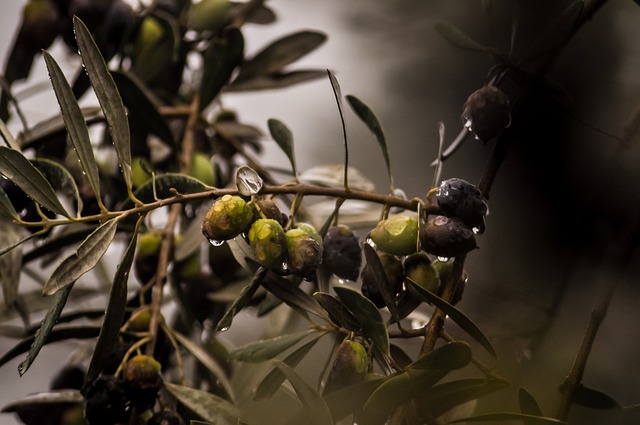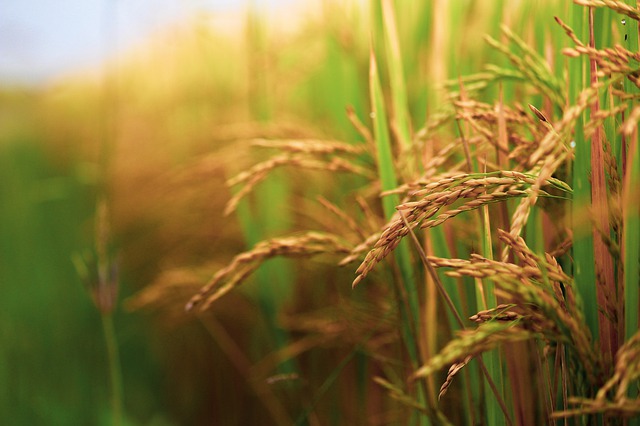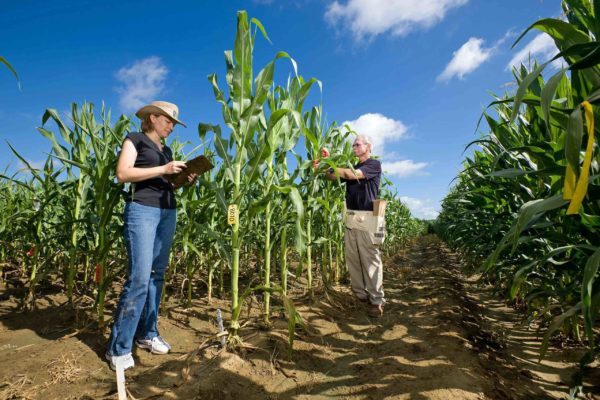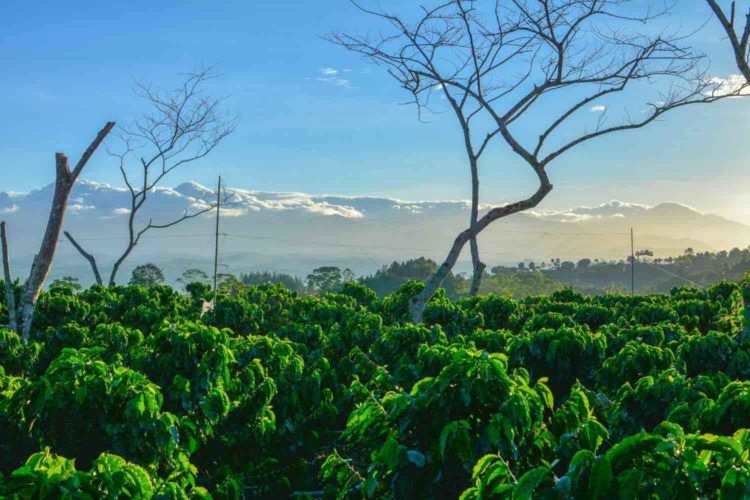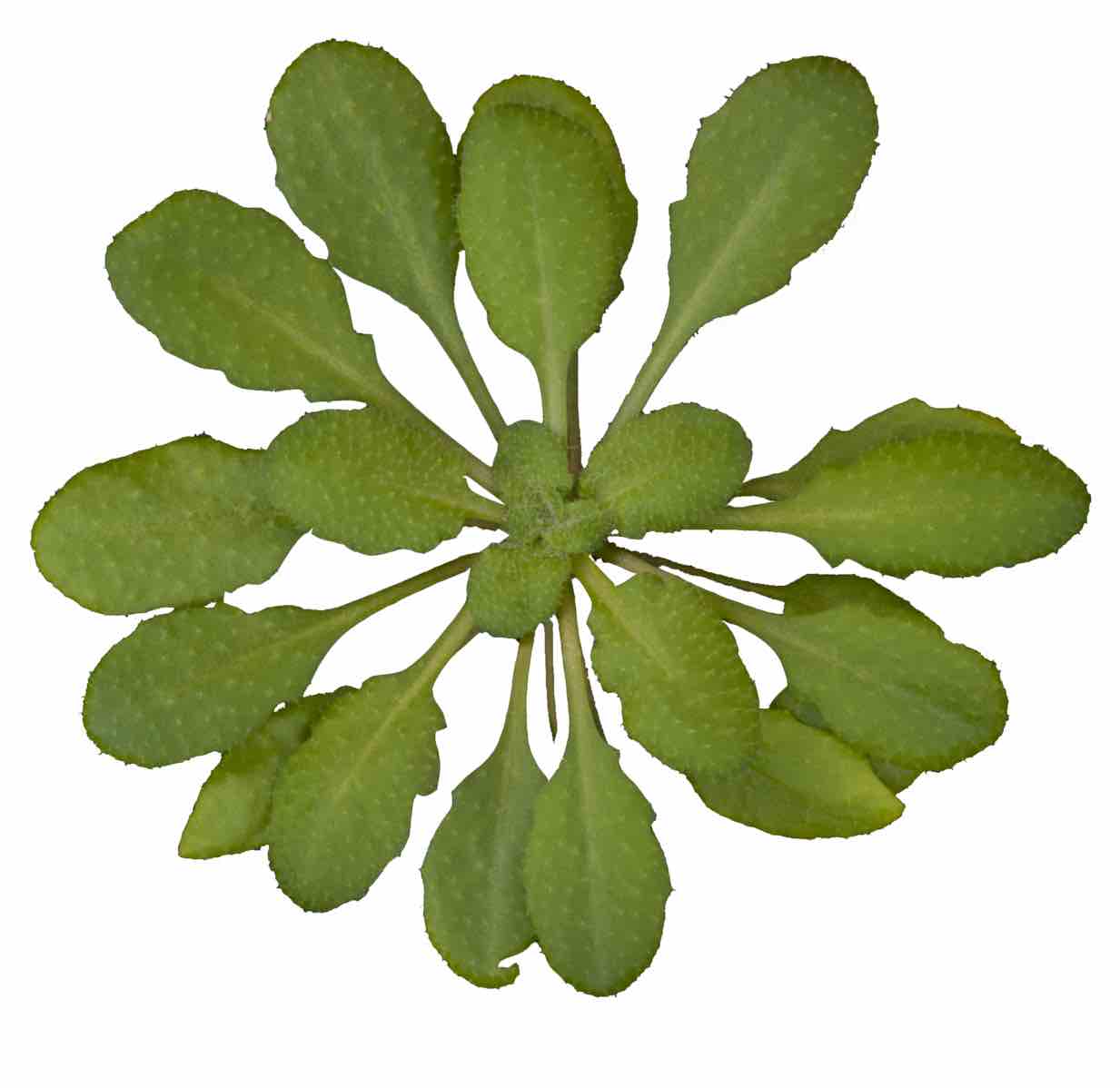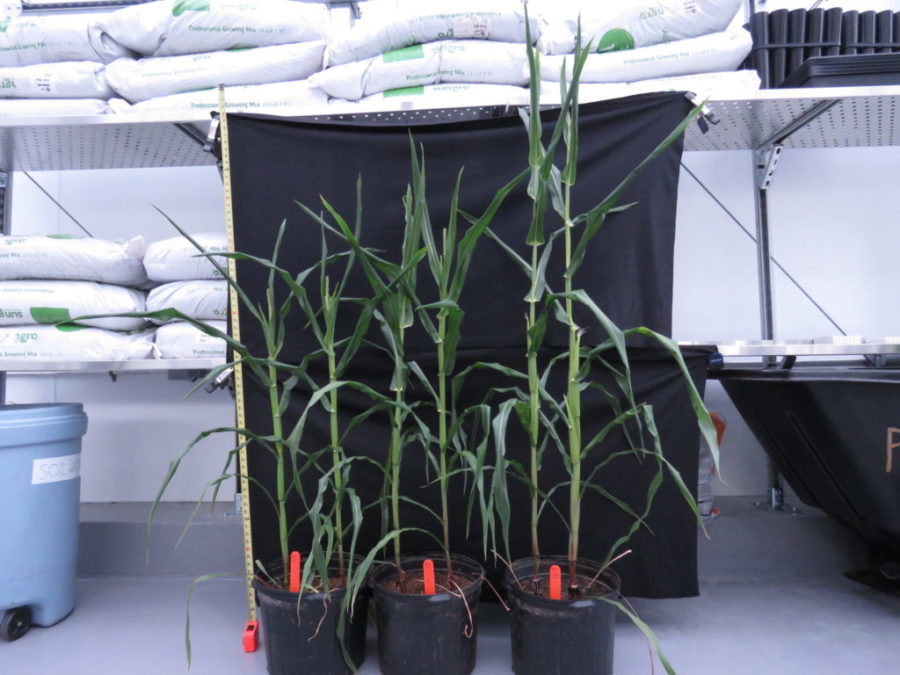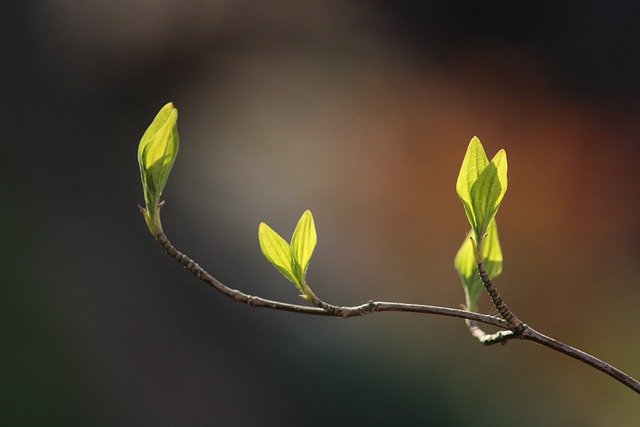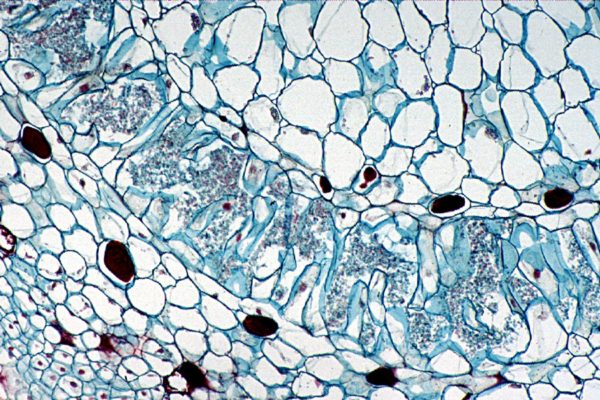
We are living through an explosion in the availability of microbiome data. In agricultural systems, the proliferation of research on plant and soil microbiomes has been coupled with excitement for the potential that microbiome data may have for the development of novel, sustainable, and effective crop management strategies. However, while this is an exciting development, as the collective body of microbiome data for diverse crops grows, the lack of consistency in recording data makes it harder for the data to be utilized across research projects.




